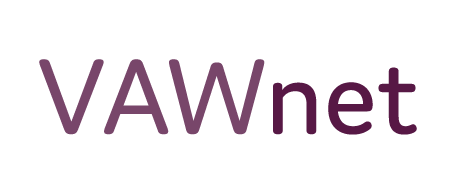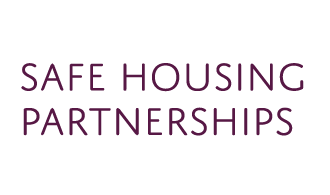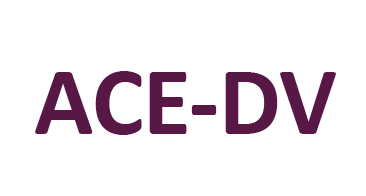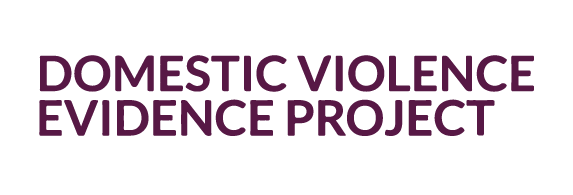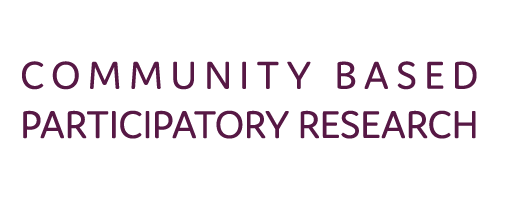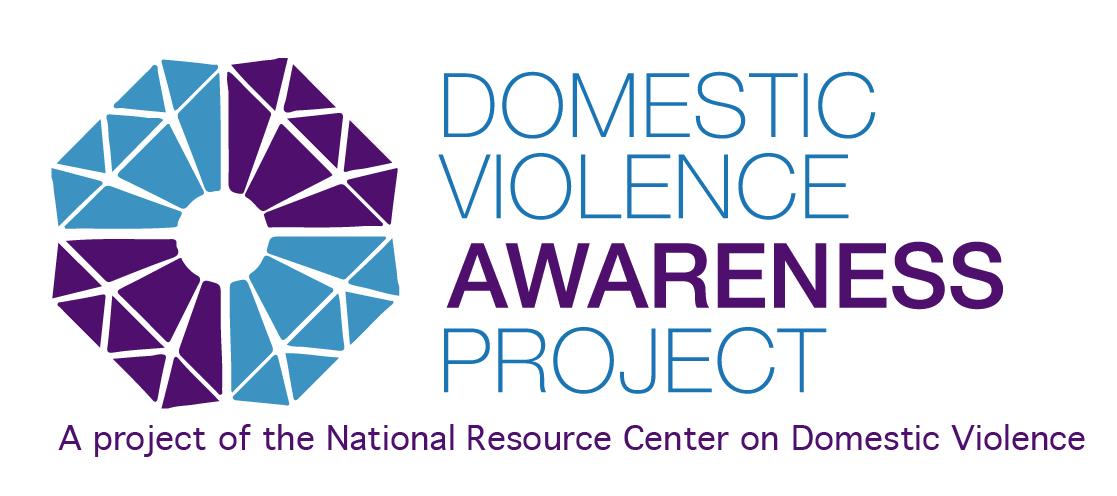by Breckan Erdman Winters, NRCDV Program Specialist

“It’s like they give you enough time to get yourself halfway out of the position you’re in, and then they just let you go.” – Youth, King County Youth of Color Needs Assessment
This Teen Dating Violence Awareness Month (TDVAM), we’re centering the unique needs of runaway and homeless youth (RHY) experiencing relationship violence, particularly Black and Trans youth living at the intersections of multiple forms of oppression. Young people who have run away from home or are homeless or unstably housed are far more vulnerable to dating violence and victimization than their stably housed peers (Lee & Schreck, 2005). Far too often, the youth who are most vulnerable to abuse also face the most obstacles to getting help.
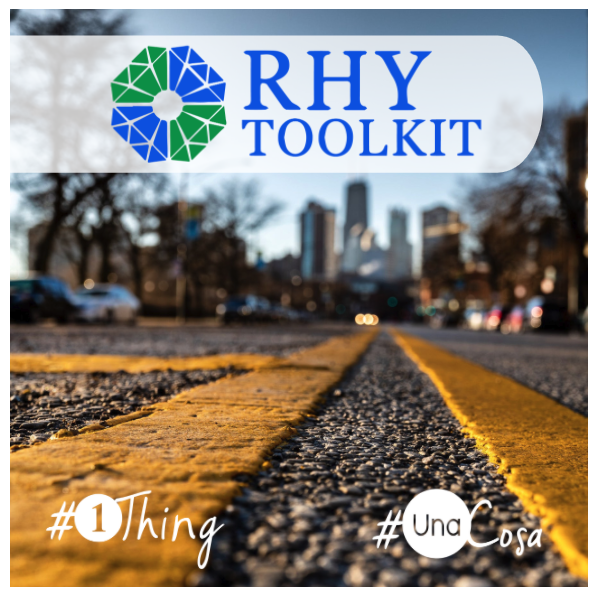 Coming soon, the newly updated and redesigned Runaway & Homeless Youth and Relationship Violence Toolkit from NRCDV states that many runaway and homeless youth have multiple histories of trauma, including neglect and physical and sexual violence.
Coming soon, the newly updated and redesigned Runaway & Homeless Youth and Relationship Violence Toolkit from NRCDV states that many runaway and homeless youth have multiple histories of trauma, including neglect and physical and sexual violence.
This is particularly true for young people on the margins. According to the Toolkit, “LGBTQ youth are more likely to leave home as a result of physical abuse and conflict with family.” In addition to interpersonal violence, these young people are often faced with homophobia, transphobia, racism and anti-Blackness, and other forms of oppression. Although research is limited, the National Sexual Violence Resource Center notes that “Black young people, especially Black men who identify as LGBTQ, experience the highest rate of homelessness,” with around 16% of Black LGBTQ young people experiencing homelessness in a recent study (NSVRC, 2020).
“[Staff] look at your background and be like ‘okay, this person African American, this person Latino.... Oh you’re just another one like on the streets... You tryina do nothing with your life.’ ....So you eventually just don’t wind up getting help because the judgments of people.” – Youth, King County Youth of Color Needs Assessment
Once youth become homeless, they are even more vulnerable to relationship violence, sexual abuse, and other forms of victimization. In order to truly meet the needs of runaway and homeless youth, we must follow their lead and commit to building meaningful relationships with young people, their communities, and the organizations that serve them. This TDVAM, we’re calling on domestic violence and sexual assault (DV/SA) and RHY programs to commit to doing #1Thing to support Black and Trans runaway and homeless youth.
Learn more:
- Check out the newly updated Runaway & Homeless Youth and Relationship Violence Toolkit to learn how RHY and DV/SA programs can work together to meet young people’s needs (Coming soon!)
- Read VAWnet’s February TA Question of the Month: What are effective, trauma-informed strategies for advocates and providers who are serving runaway and homeless youth and young adults?
- Join our upcoming webinars:
- Not Neutral: Mandatory Reporting on Domestic Violence Survivors on Tuesday 2/9 at 3pm EST - This event has sold out. Recording and support material will be made available after February 12, 2021. Check our YouTube page for this and other webinar recordings.
- Meaningful Partnerships to Support Youth at the Intersections of Homelessness and Gender-Based Violence on Tuesday 2/23 at 2pm EST.
